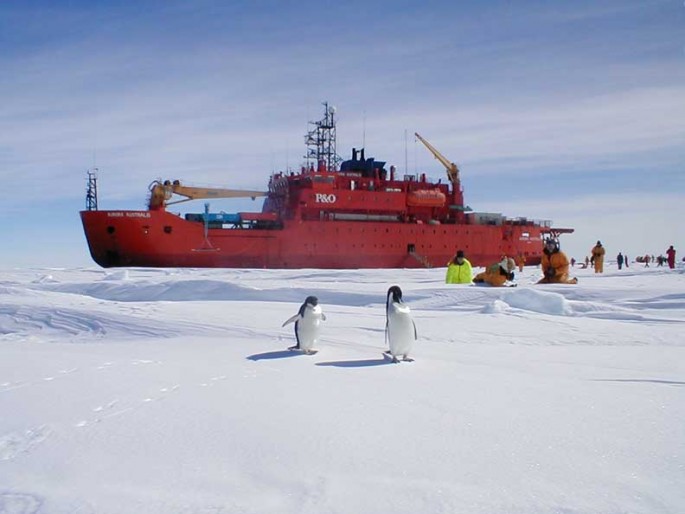Chinese and Australian Antarctic researchers have signed a trans-national agreement that will allow the two countries to share data they have gathered that can be used to predict sea-ice conditions, according to a report by the Global Times.
The agreement between China's National Marine Environment Forecasting Centre and Australia's Antarctic Climate Ecosystems Cooperative Research Centre (CRC) was signed in Hobart on Monday.
The data that forecasts sea-ice is important for the safe navigation of icebreakers, which are specialized ships designed to channel through ice so that other ships can be given safe passage. With incomplete data, icebreakers risk becoming stranded in certain areas.
Scientists from both China and Australia frequently travel to the Antarctic region each year to conduct research. They must also restock their station to allow their researchers to stay in the region for longer periods of time.
Last year, several icebreakers were trapped in ice due to record sea-ice levels.
Malcolm Turnbull, the Prime Minister of Australia, announced last month that a new icebreaker would be built to replace the Aurora Australis, which has been in service in the Southern Ocean since 1989. The new icebreaker would be a sizable $350 million investment.
"Interest is growing in the Antarctic, particularly in relation to its importance for understanding climate change," said Mark Kelleher, CRC active chief executive, in a Monday statement to the Australian Broadcast Corporation. "The Chinese are as interested as we are in the research that's going on there to understand what all that's going to mean for us."
Kelleher added that Australia and China have cooperated several times in the past in Antarctica, sharing information on the region since the 1980s.
"This agreement is about us pooling our capabilities, so that we can become better at forecasting where the sea-ice difficulties are going to be and therefore helping navigation processes," said Kelleher.



























